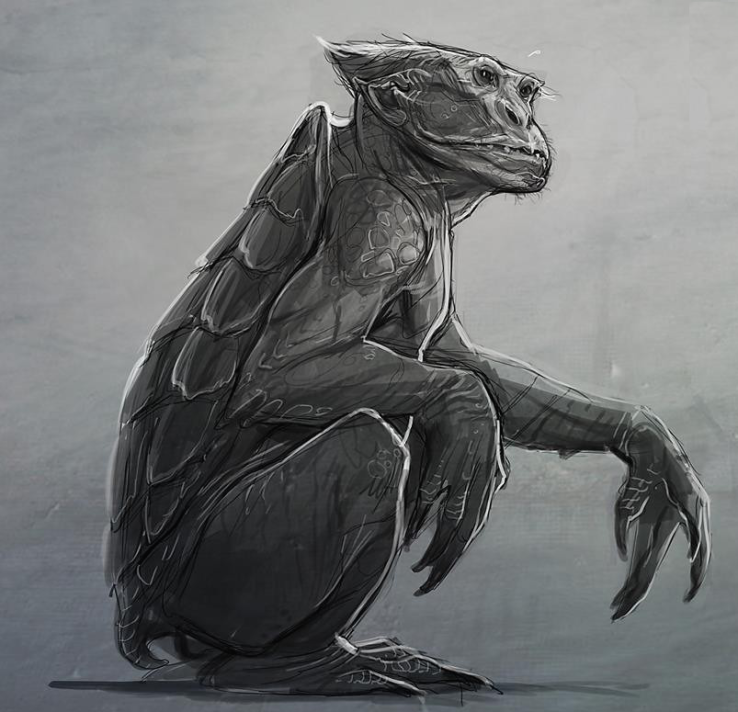Tags
Atargatis, Blue Men of the Minch, did you know, Finfolk, fish gods, Kappa, merfolk, mermaids, selkies, The Mermaid Wife
Most are familiar with the Disney depiction of merfolk and Ariel’s struggle to find love on land, without her voice no less, a sanitized version of the Hans Christian Andersen’s tale where she does not have a happy ending, and spoiler, not only does she suffer with every step on land, she also dies a painful death.
This may be a reflection on mermaids’ association with misfortune and death, and the common merging of their mythology with that of sirens, luring sailors to their watery graves. But the mermen have also earned a severe reputation for summoning storms, sinking ships, and drowning sailors.
In any case, we see merfolk described as a half-human, half-fish hybrid creature, and we’ve had mythologies about these creatures for thousands of years, like Babylon’s Era and Oannes, the fish gods. Greek mythology tells of the god Triton, a messenger of the sea, and the Hindu and Candomblé still worship mer-goddesses.

An interesting version from the Shetland Islands mixes the merfolk with selkies, telling of strikingly beautiful women whose appearance is a temporary effect of donning fish skin. And if they lose the skin, they will be stuck on land. In one tale, “The Mermaid Wife,” a man, Unst, walked along the beach, saw a group of merfolk dancing in the sand under the moonlight with skins strewn across the ground. Unst snatched one and concealed it. When he returned to that spot, he happened upon the fairest of the women, sad over the theft of her skin and her exile. Unst offered protection, married the damsel, and they produced several children. After some years, their children found the hidden skin and returned it to their mother. She hugged them goodbye and sped off towards the sea. Unst returned from a trip just in time to chase after her and witness her magnificent transformation. Before she disappeared under the water with her merfolk family, she called back her love to him, but that her first husband was her true love.
Also in Scotland, the Blue Men of the Minch, are a group of mermen, who have blue-tinted skin and gray beards. They challenge ship captains before sieging the ship. If a captain is quick witted, he may best the Blue Men and save his men. They’ve also been known to battle against the Vikings and their Norse king, which may coincide with when the Vikings landed, wearing blue, veiled clothes.

The kappa from Japanese myth live in lakes, rivers, and on coasts, but they differ from the traditional merfolk by taking on a more child-like form with ape-like faces and tortoise shells on their backs. When they interact with humans, they, like the Blue Men of Minch, enjoy challenging humans to games of skill that come with a death penalty when lost. They also prefer to kill children or those silly enough to swim alone in secluded places; however, most prominently, they prefer fresh cucumbers, which might make a nice trade for one’s life.
The Ningyo, also from Japanese myth, have varying human characteristics, making them more monstrous and uglier with a deformed fish face, human torso, and long, bony fingers with sharp claws. These versions of the mermaids have a bonus: consuming their flesh grants immortality, but this comes with great risk as the Ningyo can place powerful curses on the humans who try to trap or wound them, linked with entire towns being swallowed by earthquakes and tsunamis.

In Norway and the Orkney Islands, they have myths of the Finfolkaheem, or Finfolk, which may be one of the least traditional versions, considered sorcerous shapeshifters. They do maintain negative relationships with humans, often abducting them as spouses or making them servants because if Finfolk marry one another, the Finwife will lose her mystical charm and age increases her ugliness in seven-year increments until she becomes a hag, which is why they prefer to abduct human males as their mates. The best way to escape their entrapments is by tossing a silver coin away from oneself, as they have an affinity for the precious metal.
The earliest rendition of a mermaid-like entity came from ancient Syria and their goddess, Atargatis, who watched over the general well-being of her people and their fertility. Human above the waist and fish below, she was obviously associated with water and had the biggest, most stunning temple, which featured a pond full of sacred fish.
A common thread amongst these myths create an intriguing paradox: the beauty and the beast trapped within the same creature. Some are victims, others are predators, but all manifest magic that affects the humans they interact with. Most commonly to the humanity’s demise.
Sources:
https://www.wired.com/2014/10/fantastically-wrong-strange-murderous-sometimes-sexy-history-mermaid/
https://www.livescience.com/39882-mermaid.html
http://mentalfloss.com/article/75471/9-mermaid-legends-around-world
